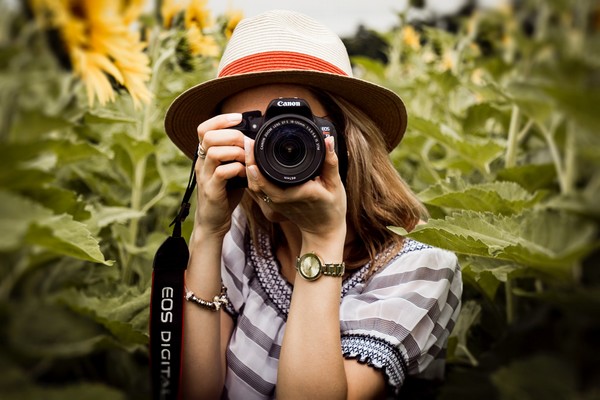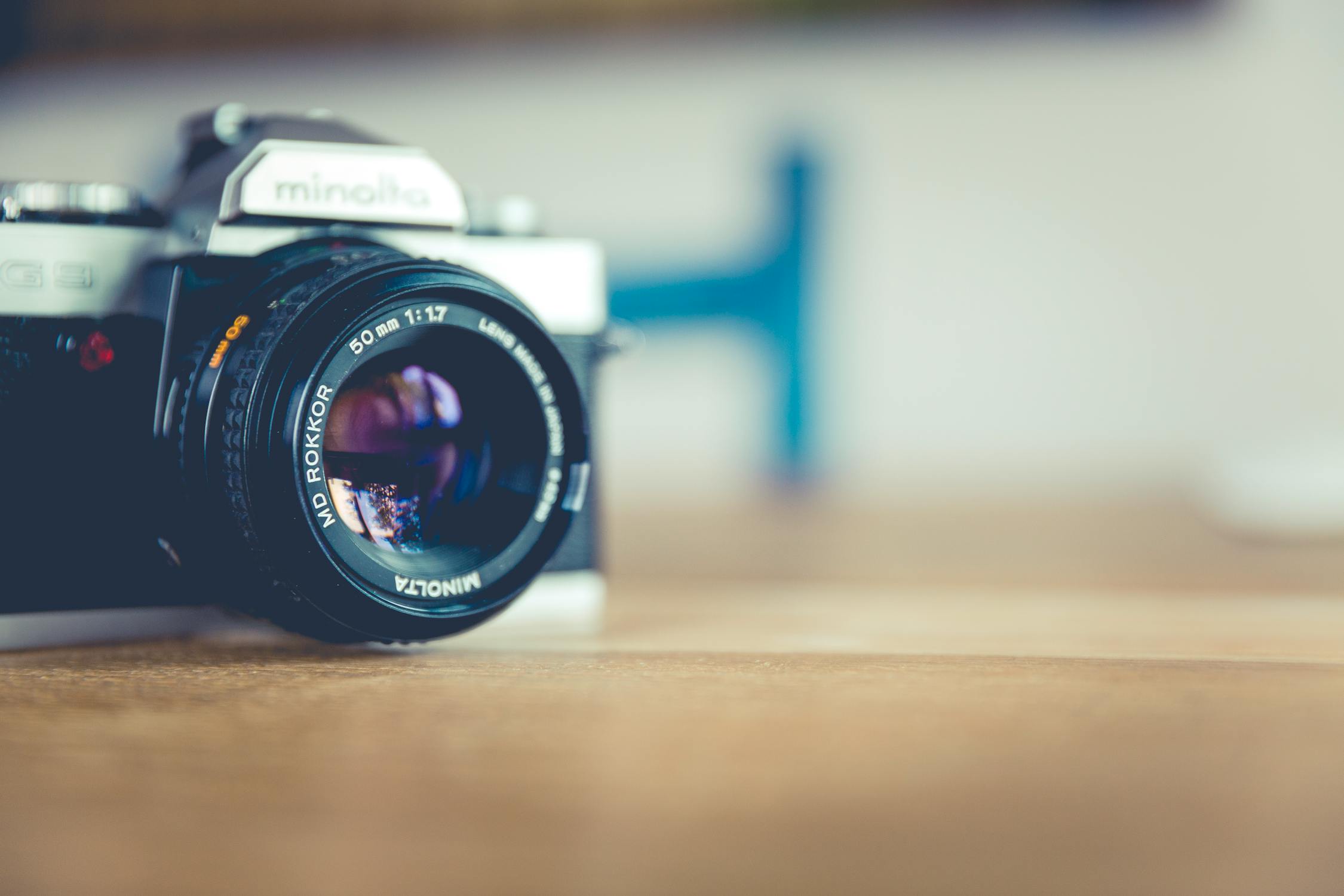In a time where more of us are choosing to shop online rather than head out to the retail centres, product photography is vital for eCommerce success. Customers want the next best thing to being able to touch items, try clothes on, smell the perfume – done well, product photography can get very close to achieving this. It isn’t just about taking any old pictures of your goods and services; there is skill and art to it.

The added challenge for online retailers today is making sure product photography is appropriate for the platform you are using. People now access the internet on a range of devices and via a number of sites i.e. Etsy on a smartphone, Pinterest on a tablet and your Amazon store via a laptop. Each of these platforms will have unique photo requirements which, if not adhered to, can be financially damaging as well as a reputational hit for your brand. Each platform will suit a different style of product photography, which can make all the difference once you’ve got it right. Here, Cliik studios explain why there’s no ‘one size fits all’ approach to product photography.
Showcasing On Different Platforms – The Challenge
As mentioned, using photos on the various platform requires a bit more than thinking than some business owners may realise. The following are some of the challenges with product photography across multiple platforms:
- It can be difficult to keep up with each and every eCommerce gateway. Unfortunately, sellers don’t understand the finer details of the various platforms to be able to use them effectively.
- No two platforms have the same image requirements and, just to keep sellers on their toes, even the same platform can change its product photography criteria on an ongoing basis.
- If you’re knowledgeable enough to try and find photography requirements, you may end up back where you started! Trying to find actual requirements for each platform can be a struggle.
- Once you’ve found the requirements, actually turning them into reality is another matter. Some of the detail can be confusing and difficult to achieve.
If you want to showcase the best of your products and give your customers a truly visual experience, it is a good idea to invest in professional product photography. They will be able to advise and guide you on the varying styles of product photography and which will suit your chosen platforms.

Styles Of Product Photography
Photos are likely to have the most impact on your customer’s purchasing choices, even more so than reviews or descriptions. Therefore having the right style of photography is critical to your business success. Product photography can take the following forms:
Studio Photos
Capturing images in an enclosed environment makes it easier to manipulate lighting, contours and contrast, allowing the best features of the product to be highlighted.
White Background
A popular style of photography, because it is possibly the easiest to carry out. The white background uplifts the product and is a simple method to give the product prominence. It is the chosen style of product photography for Amazon sellers.
Product Grouping
This style positions a number of products from the same range or that are likely to be associated together in a background that is typical of the context. It is a helpful style for customers that want to compare products. This format is ideally suited for your own website.
Lifestyle Photography
This term refers to pictures taken of products in the context they would be used or people may want to think about using, for example, a lawnmower being used in the garden. This style is ideal for social media use or on the landing page of your websites. It is the type of photography that customers would want to see on Instagram or Pinterest. Lifestyle photography can take one of many forms – tabletop, flat lay and model to name a few.
Close Up Shots
Close up shots emphasise elements and features of a product, bringing the customer closer to the item. This type of photography is usually used alongside another and is widely included in the packshots on major marketplace platforms such as Amazon and eBay.
The style of product photography to suit the platform you are using is key to making your images speak for themselves.
